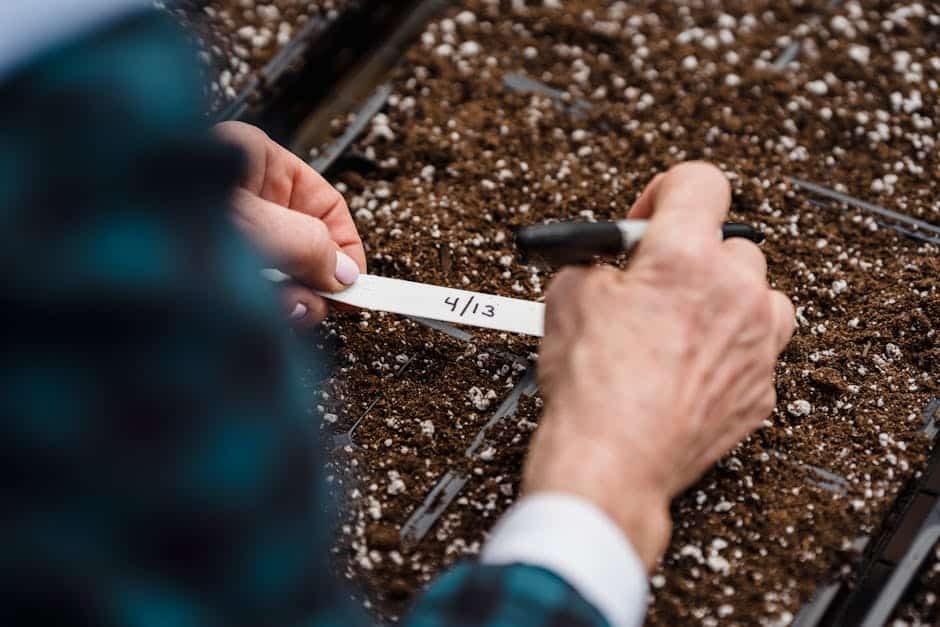How to Cultivate Hydroponic Lettuce
If you are interested in growing lettuce using a hydroponic system, you’ve come to the right place. Hydroponic lettuce cultivation offers several advantages, including faster growth, higher yields, and the ability to grow in limited spaces. In this article, we will guide you through the step-by-step process of cultivating hydroponic lettuce.
Choose the Right Hydroponic System
The first step in cultivating hydroponic lettuce is to choose the right system for your needs. There are various types of hydroponic systems available, including water culture, nutrient film technique (NFT), and drip system. Each system has its own advantages and requirements, so it’s important to research and select the one that best suits your resources and preferences.
Gather the Required Equipment
Once you have chosen the hydroponic system, gather all the necessary equipment. This may include growing containers, a reservoir, water pump, air stones, hydroponic nutrients, pH testing kit, lighting (if growing indoors), and other accessories specific to your chosen system.
Prepare the Nutrient Solution
The nutrient solution is a vital component of hydroponic lettuce cultivation. Follow the instructions on the package of your hydroponic nutrient solution to prepare it correctly. The solution should contain adequate nitrogen for leaf growth and phosphorus for maturity and increased harvest yield.
Start Germinating the Seeds
Germination is an essential stage in the lettuce growing process. Use a growing medium such as rockwool, lightweight clay aggregate, coconut fiber, or perlite to germinate the lettuce seeds. Fill trays with a moist growing medium and sprinkle up to three seeds in each plug, covering them with a quarter-inch of medium. Mist the seeds regularly to keep the growing medium moist as they develop.
Set up the Hydroponic System
Once the seedlings have mature leaves and roots sticking out of the bottom of the medium, it’s time to transplant them into the hydroponic system. Follow the instructions specific to your chosen system to set it up. Ensure proper installation of the water pump and air stones for aeration.
Monitor and Adjust the Environment
Regular monitoring of the environment is necessary to ensure optimal growth of hydroponic lettuce. Provide 10 to 14 hours of moderate to low light each day, adjusting the intensity based on the lettuce variety and growth stage. Maintain a cool air temperature, preferably under 75 degrees Fahrenheit, and adjust day and night temperatures accordingly. Additionally, monitor and adjust pH and nutrient levels in the reservoir as per the requirements of the lettuce plants.
Harvesting and Pruning
Harvesting is the final and most rewarding stage of hydroponic lettuce cultivation. Depending on your preference, you can either harvest individual leaves or the entire head. For individual leaf harvesting, take the larger outer leaves, allowing the smaller inner leaves to continue growing. Alternatively, you can harvest the entire head at once by cutting from the roots or cutting off all leaves from the base of the plant. It’s important to store individual leaves for immediate consumption and keep the whole head fresh by wrapping the crown in a damp paper towel or placing the bottom in a shallow bowl of water.
Related Websites:
FAQs:
Q: What are the benefits of hydroponic lettuce?
Hydroponic lettuce offers several benefits, including faster growth, higher yields, and the ability to grow lettuce year-round regardless of outdoor conditions. It also requires less space, water, and eliminates the need for soil, making it a more sustainable and environmentally friendly option.
Q: What is the best hydroponic system for lettuce cultivation?
The best hydroponic system for lettuce cultivation depends on various factors such as available space, budget, and personal preference. Some popular options include nutrient film technique (NFT), deep water culture (DWC), and aeroponics. It’s recommended to research and choose a system that suits your specific needs.
Q: What are the essential nutrients for hydroponic lettuce?
Hydroponic lettuce requires a balanced nutrient solution containing essential macro and micronutrients such as nitrogen, phosphorus, potassium, calcium, magnesium, and trace elements. These nutrients can be obtained through commercially available hydroponic nutrient solutions or by mixing your own solution using appropriate fertilizers.
Q: How do I prevent and manage pests and diseases in hydroponic lettuce?
To prevent pests and diseases in hydroponic lettuce, it’s important to maintain a clean and sanitized system. Regularly inspect plants for signs of pests or diseases, and promptly remove any affected plants. Implementing preventive measures such as proper ventilation, maintaining optimal humidity levels, and using organic pest control methods can also help minimize the risk.
Q: What are the signs that hydroponic lettuce is ready for harvest?
Hydroponic lettuce is ready for harvest when the leaves are firm and fully grown. Look for vibrant coloration and a crisp texture. Avoid waiting too long as lettuce can become bitter or bolt (produce flowers) if left to mature for too long.






